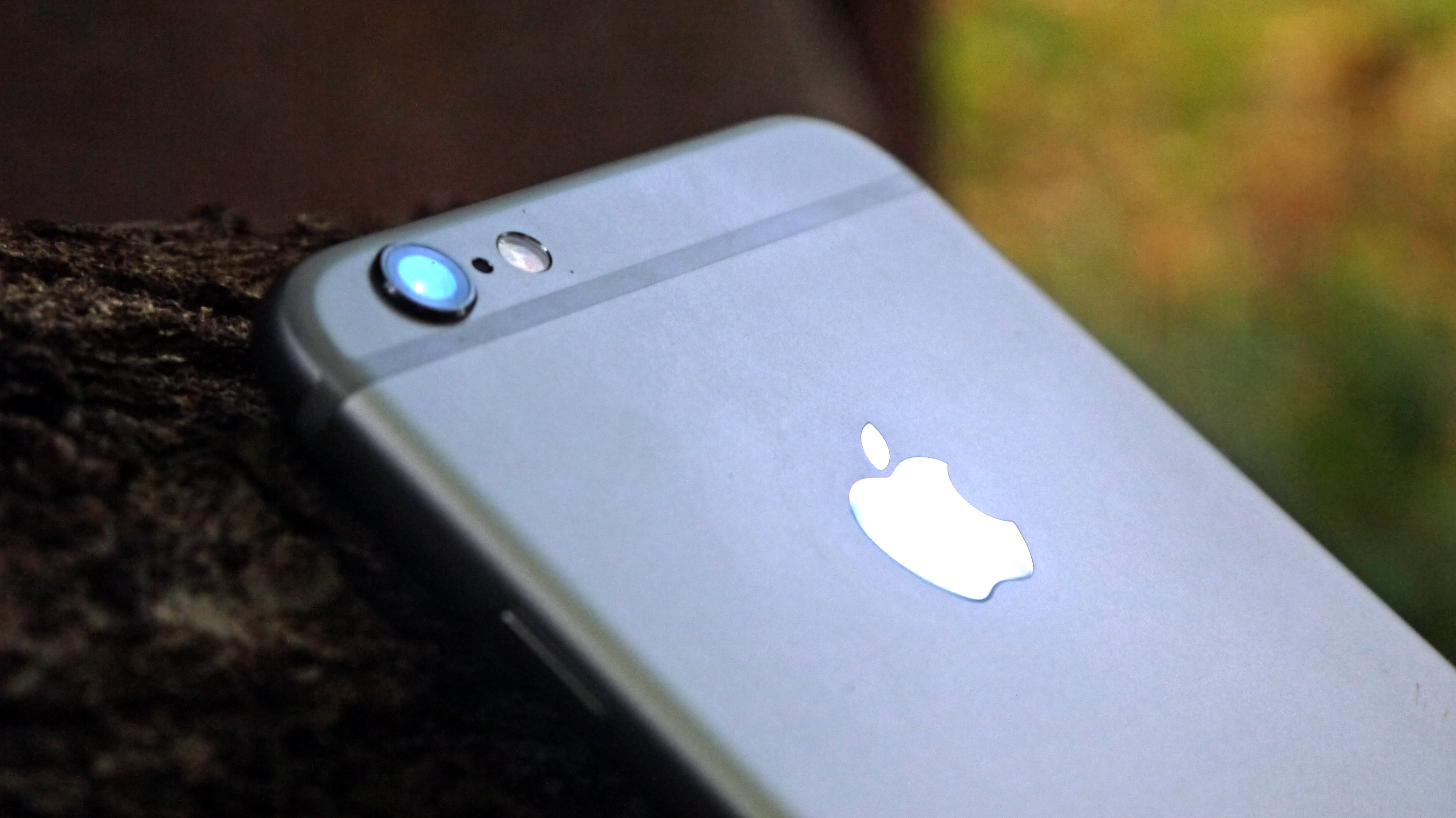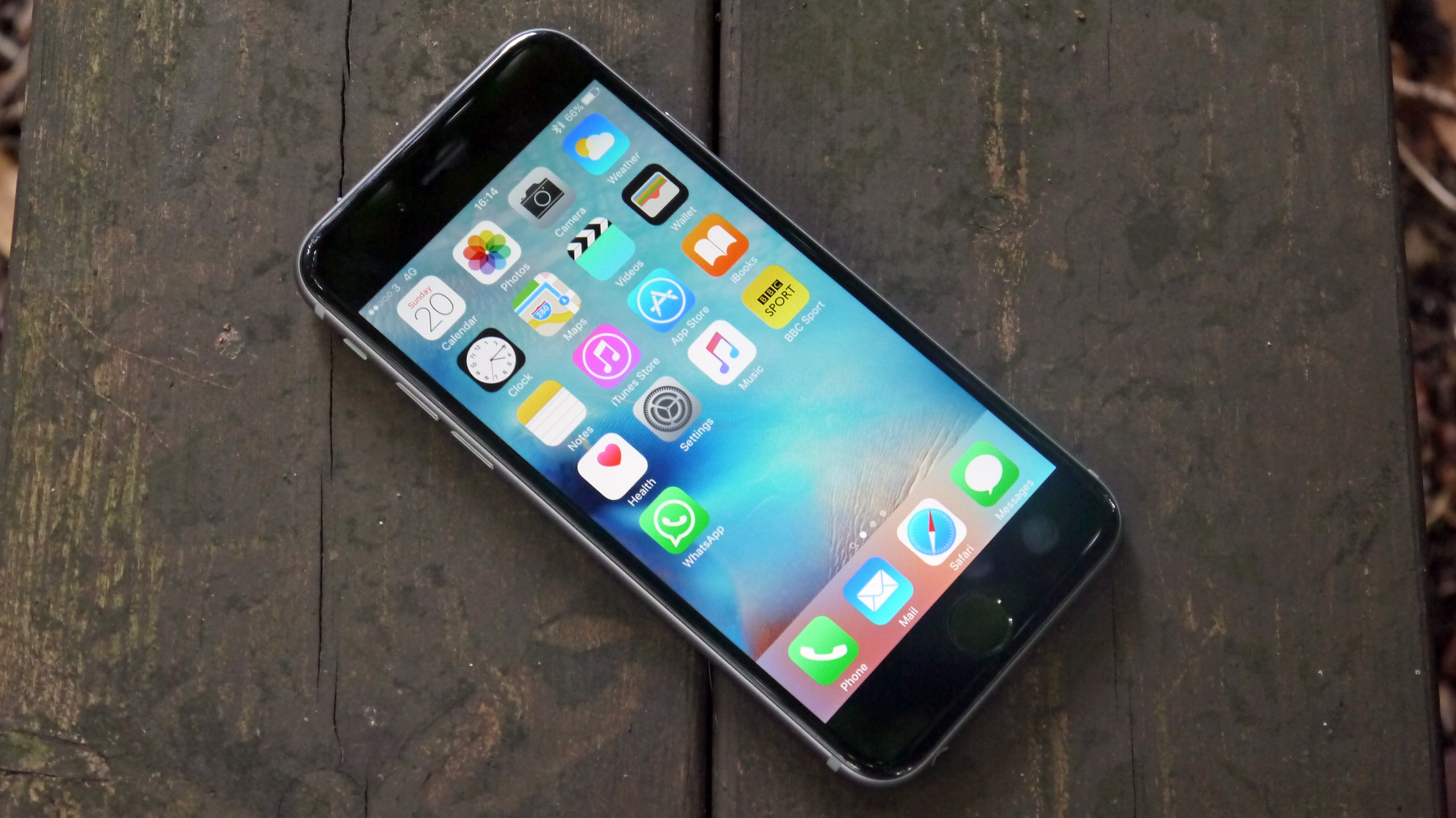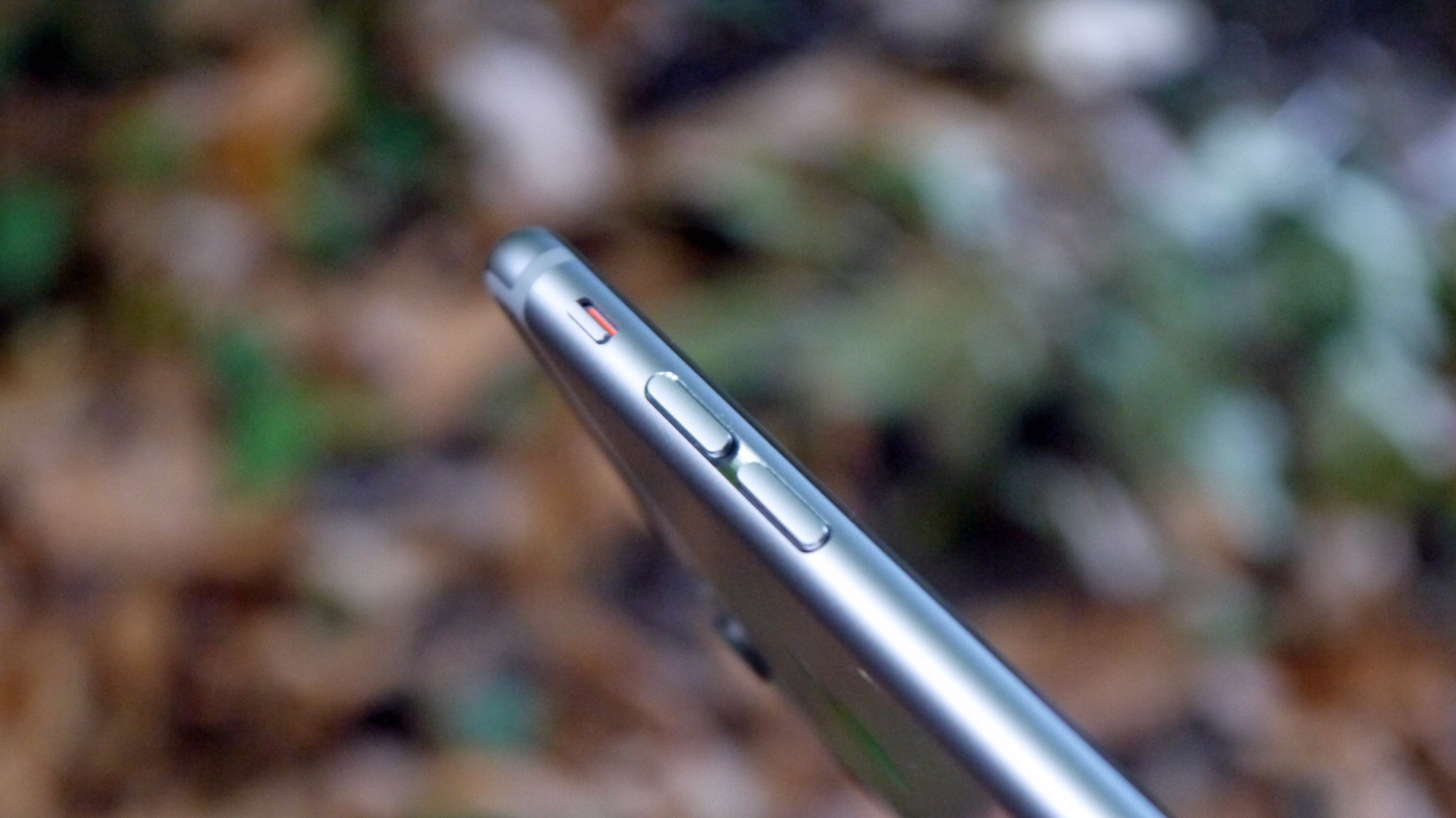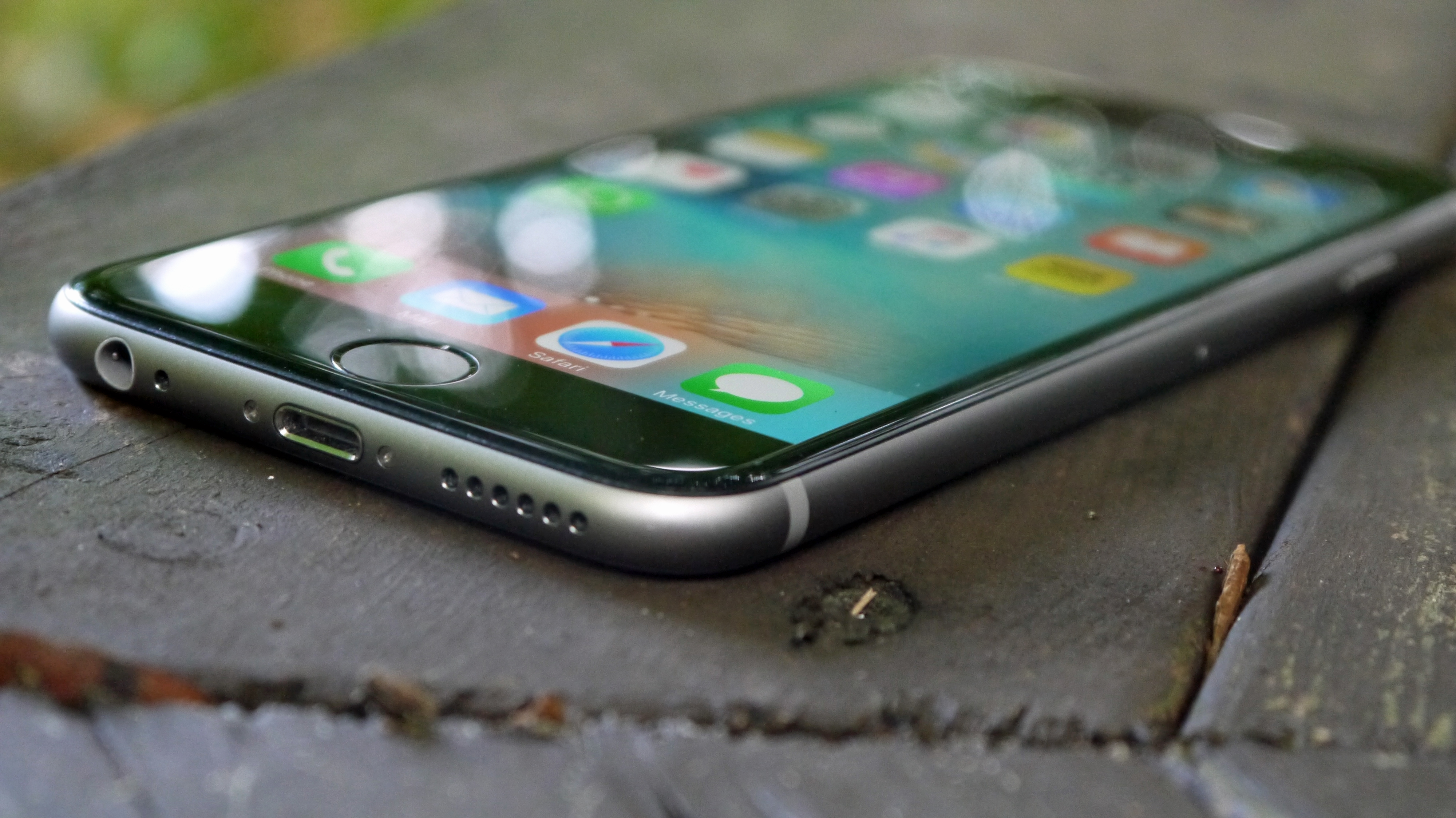iPhone 6S review (original) (raw)
TechRadar Verdict
Apple's done what we all expected - finely balanced its 'S' phone. 3D Touch is a genuine innovation, and the phone works fluidly at nearly every task - but it's very similar to 2014's model.
Pros
- Great design
- 3D Touch impresses
- Stable OS
Cons
- -
Battery life is medicore - -
Live Photos are gimmicky - -
High price for a low-res screen
Why you can trust TechRadar We spend hours testing every product or service we review, so you can be sure you’re buying the best. Find out more about how we test.
Update: The iPhone 6S is no longer available from Apple and there are plenty of newer alternatives such as the iPhone XS, but the 6S can still be found in some stores and at a much lower price than it once had. You can also update it to the latest software - iOS 12.
Apple's iPhone 6S pitch was 'the only thing that's changed is everything', highlighting that it knows this is phone looks an awful lot like the previous model.
It makes sense that Apple would try its hardest to show that, despite the handset looking identical to the iPhone 6, there have been loads of changes under the hood that make this an attractive phone in its own right.
The chassis is stronger, the camera sharper – with a new Harry Potter-esque way of capturing your snaps – and there's even a completely new way of interacting with the screen. On paper, it's an impressive upgrade.
Of course, it's also getting on a bit now. So much so that Apple itself no longer sells the iPhone 6S. By iPhone standards it can be considered a budget option - and that may suit you, especially as it's still a solid handset, as this review shows - but if you're more after the latest and greatest iPhone you might want to consider the iPhone XS or iPhone XS Max.
Or split the difference and pick up the iPhone XR - a new handset but one which is lower end than the XS range (though still packing newer tech and features than the iPhone 6S.
If you do go for the iPhone 6S then you're looking at prices of around 370/£300/AU370 / £300 / AU370/£300/AU630 for a 32GB model, which at the time of writing seems to be the most widely available model if you're hoping to buy new rather than refurbished. There are also 16GB, 64GB and 128GB versions though.

Those prices mean the iPhone 6S sits in the lower mid-range now, but it's still quite pricey for a handset that came out in 2015, so if you're not set on Apple you might also want to consider some Android alternatives, such as the Honor 10, which offers a lot more power for not vastly more money.
Of course, you miss out on iOS and Apple's App Store, among other things. You'll find our original review below, covering all the key features.
iPhone 6S specs

Weight: 143g
Dimension: 138.3 x 67.1 x 7.1mm
OS: iOS 9 (upgrades to iOS 12)
Screen size: 4.7-inch
Resolution: 750 x 1334
CPU: Apple A9
RAM: 2GB
Storage: 16/32/64/128GB
Battery: 1715mAh
Rear camera: 12MP
Front camera: 5MP
- Read our in-depth iPhone XS review
Design
The iPhone 6S is almost identical to the 6 in every way when it comes to the chassis. There are some very subtle differences, such as a slightly thicker frame and a little more heft, but it's so slight that I kept getting the two mixed up when doing side by side comparisons.
All cases fit both phones just fine too so, apart from a small S logo on the back of the phone, nobody is going to notice you've got the latest iPhone.
But there will be lots of you upgrading from the iPhone 5S, and in that case you'll need to be ready for a really big design change. The metallic chassis feels really nice in the hand, with a ceramic-like feeling on the outside (although if it's anything like the 6 then this can scuff over time if you keep it in a pocket with keys, so you'll need to think about the kind of case you'll want to keep it safe).
If you're not ready to take the leap to the new, bigger form factor, Apple has the new iPhone SE to satisfy your 4-inch cravings.

One of the things that Apple is touting is the fact the iPhone 6S is made of 7000 series aluminum, which is the strongest thing it's ever used in iPhone construction. The obvious connection people will make is with 'Bendgate', when some users claimed their new phone had developed a slight curve in their pocket without much pressure.
The common belief was that these phones began to twist when placed in a rear pocket and sat upon. While it was proven that other metal phones actually were worse when it came to bending Apple didn't come out of the controversy well.
So it's no surprise that, while the company won't admit the real reason, the new iPhone is strong and never going to bend with such pressure. However, I feel like that we shouldn't feel happy our phones no longer bend – this seems like one of the minimum expectations I'd have of a smartphone, not a compelling reason to buy it.
The front of the phone is now covered in a new level of strength, with a glass that's far less prone to shattering when dropped on the floor – now that's something I can get behind. We've not drop tested it - we'll leave that to some other, braver reviewer - if the screen is stronger the responsiveness hasn't dropped.

In the hand, the iPhone 6S still feels like a dream. Even with the extra 14g over the iPhone it feels lightweight, easy to manipulate and really warrants the price. Samsung's similarly old Galaxy S7 Edge invokes the same kind of feeling, and with it you don't mind spending the extra money over a more budget phone.
In terms of design, if you've seen the iPhone 6 then you've seen the 6S. The volume buttons, the power key, the silencer switch and the speaker are all in the same place as its predecessor, with the grille at the bottom very easy to cover when you're watching videos or playing games in landscape.
If you're using the 5S, this is leagues ahead. The construction is good, the materials solid and there's no wiggle in the buttons at all. While you probably never bent your 5S, the idea that the iPhone 6S is stronger will probably please you, however unnecessary the claim is.
Apple's not done anything great with the design of the iPhone 6S, but the iPhone 6 was such a well-created phone that using the same chassis isn't going to harm its chances of success.
However, combined with the higher price and the continued presence of the iPhone 6, I wish we were at least seeing some retooling of the phone to make it seem more attractive.
Screen
The screen on the iPhone 6S seems to be identical to the iPhone 6's: we're talking a 4.7-inch affair with 750p resolution, which keeps it firmly in the 'Retina' range that the firm debuted all the way back with the iPhone 4.
It's hard to rate the display, as while it fails on resolution (quite spectacularly actually - phones a seventh the cost of the iPhone 6S offer 1080p screens, Samsung's cheaper phone has four times the resolution of the 6S and Sony has, inexplicably, launched a 4K phone) it doesn't drop too badly on performance.

The iPhone 6S display is clear, bright, laminated to the glass and insanely colorful. The first time I saw it on the iPhone 6 I thought it was a fake picture stuck on top of a dummy unit, such was the clarity on offer.
So to use the same thing on the iPhone 6S makes sense - after all, the lower pixel count means it can be thinner and the battery can last longer, thanks to having fewer pixels to drive.
But there are some things missing: for instance, the contrast ratio (the difference between the brightest and darkest parts of the screen) is still poor, with the black areas looking a little grey. Samsung's Galaxy range predominantly uses OLED technology, which offers 'true' blacks and high brightness and packs a much better visual punch, and would have suited the iPhone down to the ground.
The sharpness in side by side tests is clearly lower too - the 326 pixels per inch is very low even compared the 401ppi of the iPhone 6S Plus - and most other models are over 500ppi to bring really, really clear displays.
Given OLED technology is used in the Apple Watch - and admittedly it looks brilliant - it's a shame the same thing couldn't have been done with the iPhone 6S.
It's important not to get too hung up on screen resolution in a phone - after all, if it's not serving a purpose (hey, Sony?) then it's just wasting battery. But the industry has moved on, and the higher pixel densities on offer are starting to really bring something to the table, with apps and general use looking pin sharp.

Formerly Global Editor in Chief
Gareth has been part of the consumer technology world in a career spanning three decades. He started life as a staff writer on the fledgling TechRadar, and has grew with the site (primarily as phones, tablets and wearables editor) until becoming Global Editor in Chief in 2018. Gareth has written over 4,000 articles for TechRadar, has contributed expert insight to a number of other publications, chaired panels on zeitgeist technologies, presented at the Gadget Show Live as well as representing the brand on TV and radio for multiple channels including Sky, BBC, ITV and Al-Jazeera. Passionate about fitness, he can bore anyone rigid about stress management, sleep tracking, heart rate variance as well as bemoaning something about the latest iPhone, Galaxy or OLED TV.